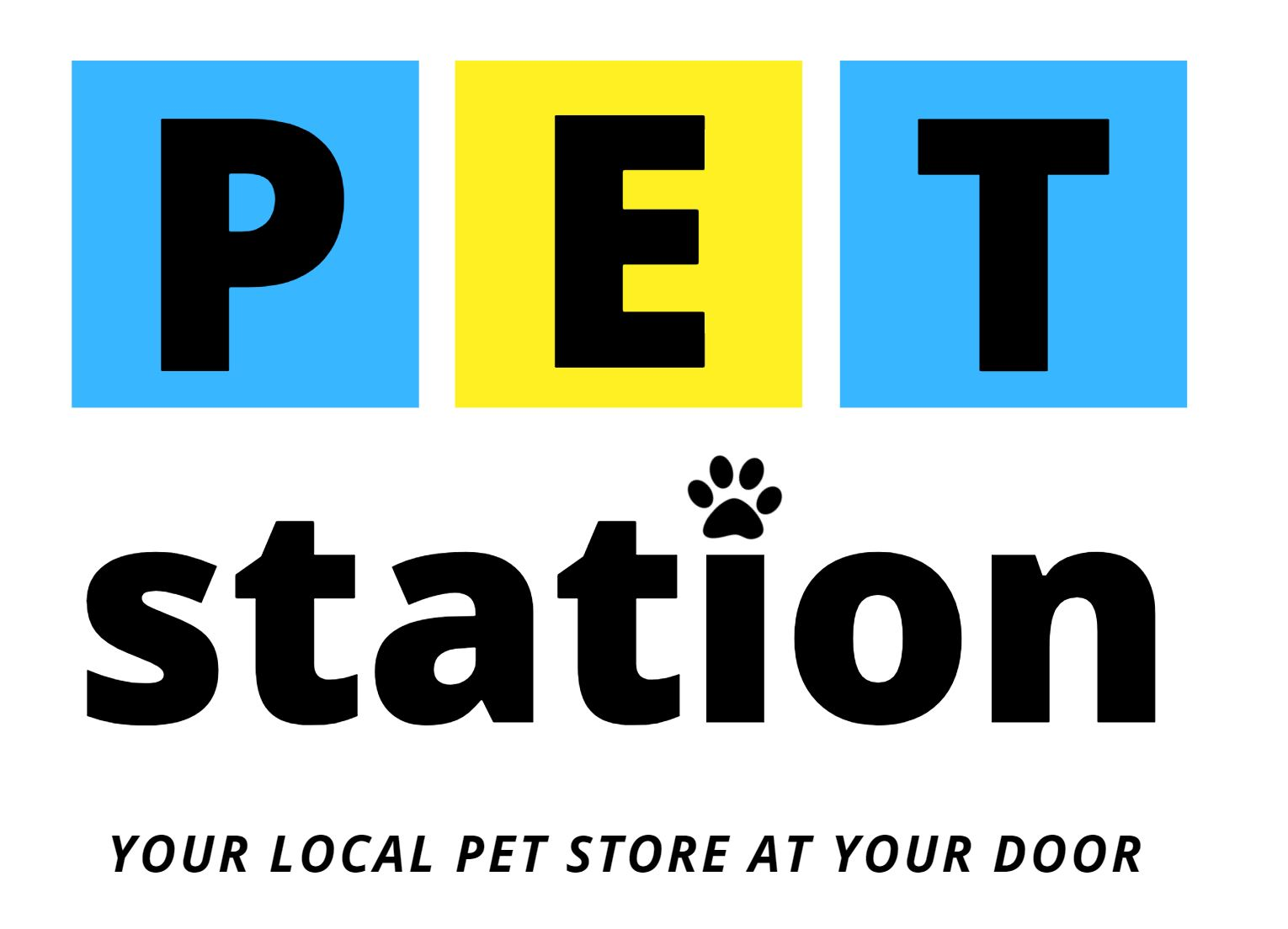A simple guide on how to read the back of pet food bags
- Posted on
- By Pet Station
- Posted in feeding pets, nutrition
- 0

Have you ever stood in a pet food store reading the back of a pet food bag thinking to yourself “I have no idea what this all means”?
Have you ever stood in a pet food store reading the back of a pet food bag thinking to yourself “I have no idea what this means”? If your answer is yes, this article will help you navigate through all that fancy nutrition lingo. If you flip over to the back of dry food bags, you’ll see 5 components that you’ll want to pay attention to.
1. Ingredient Statement
Quite simply, the ingredient panel is a list of every ingredient that is in the food. Most important to note is that ingredients are listed by weight, starting with the ingredient included at the highest amount and descending to the ingredient included at the lowest.
2. Guaranteed Analysis
All pet food labels require a Guaranteed Analysis on the label to advise the consumer of the product’s nutrient content. In other words, the Guaranteed Analysis is the pet food version of the “Nutrition Facts” we see on human food products.
On pet food labels, crude protein, crude fat, crude fiber, and moisture must be included in the Guaranteed Analysis.
Other nutrients are optional. Since there is only a small amount of space on the back of a bag, pet food manufacturers try to include the most important nutrients. However, most quality brands of food provide complete Nutrient profiles/details on their websites. In these profiles, you can find values for amino acids, fatty acids, vitamins, and minerals.
3. Calorie Content
If you look closely at the back of a bag of food, you’ll see something that reads “ME =…”. ME, means Metabolizable Energy, which is the estimation of the available energy, or calorie content, of a food. The ME is used to develop feeding guidelines for each recipe.
4. Feeding Guidelines
Feeding guidelines for pets are most often listed as the amount to feed per day in a common unit (e.g. cups). Petcurean recipes also include feeding guidelines in grams per day to give pet owners the option to precisely weighing out their pets’ food (which we recommend to help maintain your pet at an ideal body weight).
Feeding guidelines are a great place to start when figuring out how much to feed your pet, however, it is important to remember that these are recommendations, not requirements. Adjustments should be made to target your individual pet’s healthy body weight. Check out our body score charts for help figuring out what a healthy weight looks like for your pet.
Read More: Body score chart: for dogs | for cats
5. Nutritional Adequacy Statement
A Nutritional Adequacy Statement, or Nutritional Guarantee, is included on pet food bags to indicate whether a food is complete and balanced for a particular species and life stages such as growth, reproduction, or adult maintenance. The term “complete and balanced” means a food contains all the nutrients a pet needs in the correct amounts and is designed to be fed as their sole source of nutrition


Comments
Be the first to comment...